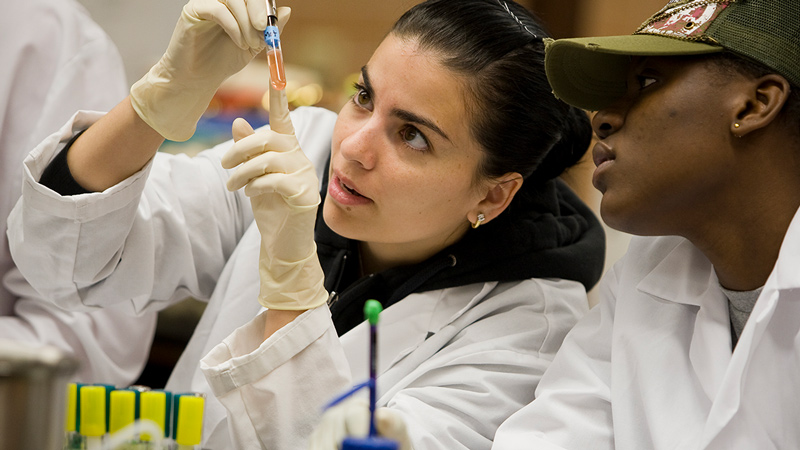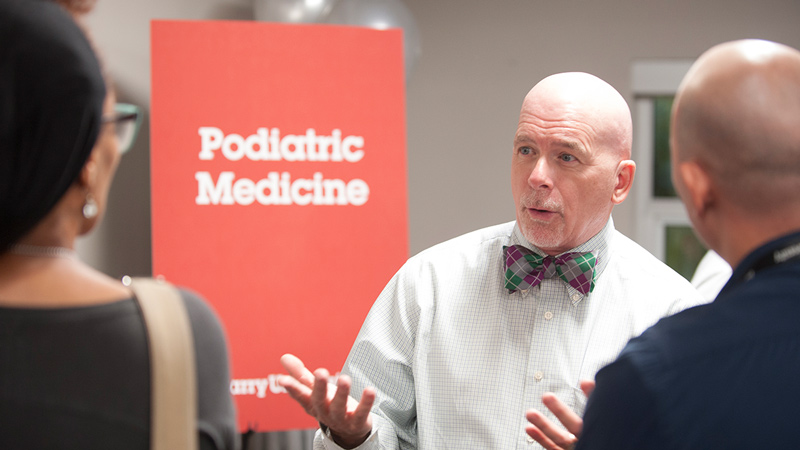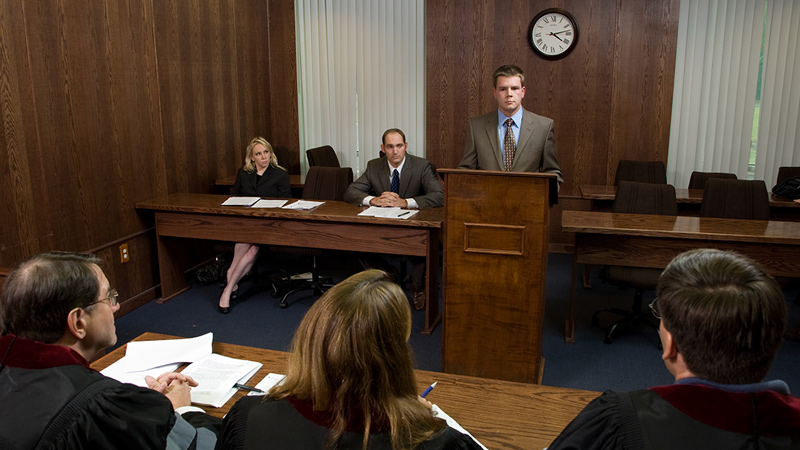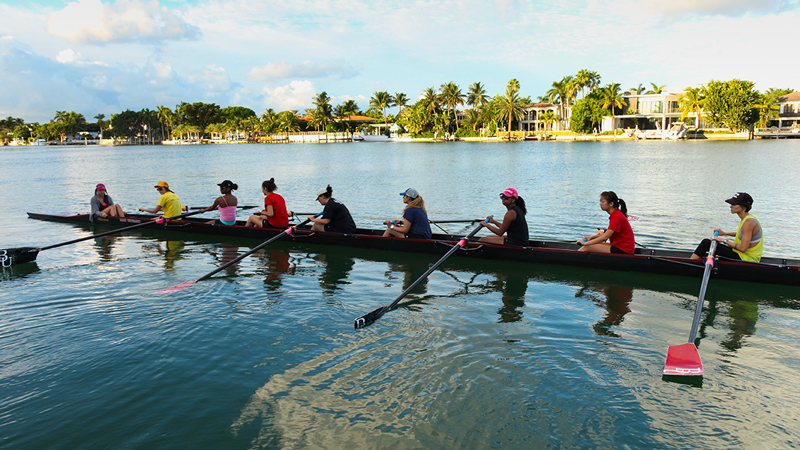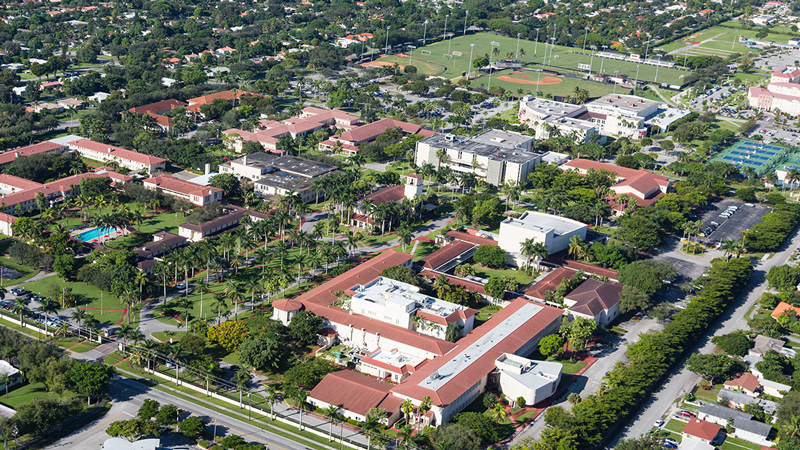Purpose: Natural disasters include floods, earthquakes, hurricanes, and tornadoes, which may be accompanied by excessive wind and water, as well as power outages and utility interruptions; all of which disrupt our normal business operations. Strict emergency procedures must be implemented to reestablish legal, safe, sanitary food handling and service environments following unfortunate disasters.
STANDARD
Critical: The unit shall immediately discontinue operations and notify the regulatory authority if an imminent health hazard may exist because of an emergency such as a fire, flood, extended interruption of electrical or water service, sewage backup, gross insanitary occurrence or condition, or other circumstances that may endanger public health.
If operations are discontinued, the unit shall obtain approval from the regulatory authority before resuming operations.
PREPARATION AND PLANNING
The best way to react to a natural disaster is to be prepared in advance. The location of a unit dictates what natural disasters may reasonably be expected. For example, units located near coastal waters may be at risk for hurricanes or coastal flooding. Some units are located in areas prone to earthquakes. Units in colder climates may be prone to the effects of winter storms. All units should be prepared for events such as contaminated drinking water, electrical power outages, sewage back-ups, and fires.
Pre-planning includes working with the client to establish, approve, train on and practice emergency response, including evacuation and sheltering-in-place situations, and to document actions to take to maintain business continuity. Pre-planning may also include creating a limited menu that can be quickly and safely prepared in the event of a disruption in a utility. Prior knowledge of any back-up utilities, such as emergency power provided by a generator and which essential equipment, such as refrigerators and light fixtures may be connected, or an alternative source of safe, drinking water would be useful.
Each unit should maintain a current list of emergency contacts. The Emergency and Crisis Planning Guide provides a sample phone list and associated Compass Group emergency contacts.
It is a best practice to discuss your emergency food safety plan with the local food safety licensing or inspection agency or regulatory authority.
Be prepared by keeping these items accessible at all times:
- One or more flashlights with fresh batteries
- A well-stocked first aid kit
INITIAL RESPONSE
After the immediate danger has passed, all associates are safe, and the building is deemed safe to enter, an initial assessment of the situation must be reported to the Crisis Management Hotline at (877) 710-6291. This call will alert applicable corporate departments and sector management to coordinate an appropriate and swift response to the situation.
The Quality Assurance Department will work with the affected unit(s) throughout the crisis to determine the required steps to keep food safe and to comply with all local regulations.
If there is an emergency, such as a fire, flood, extended interruption of electrical or drinking water service, a sewage back-up or any other circumstances that may endanger public health, the local food safety licensing or inspection agency or regulatory authority must be contacted. They
will provide specific information regarding what actions and minimum requirements must be taken to remain open for business, to provide limited food service, or to re-open after a closure.
ASSESSMENT
Be prepared to report the nature, scope and anticipated duration of the emergency; the potential impact on the unit’s business; the ability to ensure the safety of the food; and the potential impact on the health of both associates and customers.
Nature, Scope and Duration:
The size, severity and potential risk to food safety will determine the appropriate response.
Examples: A confined fire impacting one piece of equipment under a fire suppression system vs. extensive damage from a fire impacting multiple preparation or service areas. A sewage back-up surrounding the floor drain in a small area of the dish washing vs. a continuously flowing broken pipe in the ceiling flooding the entire food preparation area. The circuit breaker for the walk-in refrigerator tripped overnight vs. a loss of electrical power in the building for several days. A natural disaster that impacts one unit vs. multiple units.
Impact on Operations:
Potential impact to the unit can be determined by assessing what essential operating systems and associated equipment have been interrupted and are dependent upon the non- operating utility or utilities (drinking water supply, wastewater disposal, electrical supply, or gas supply) and if any back-up systems may be available.
Also, determine if there are enough associates available and if it is safe for associates to travel to the unit to report for work. If travel is limited, sleeping areas may need to be arranged for associates remain on or near the premises.
Food Safety Consideration:
In any emergency situation, compliance with all of the local regulatory authority requirements must be met.
During the emergency situation, all food safety systems and controls must be addressed including, but not limited to:
- Security of the unit and its premises
- Availability of associates who are trained in food safety
- Safe, uncontaminated food supply
- Safe drinking water in sufficient volume
- Safe and adequate supply of ice
- Clean, dry, protected storage areas for food and supplies
- Adequate temperature control of potentially hazardous foods
- Cooking facilities or equipment, with adequate ventilation
- Adequate supply of hot water or ability to heat water
- Dish washing facilities for any multi-use utensils
- Hand washing facilities
- Hot holding facilities for prepared foods
- Produce washing
- Thawing of frozen foods
- Lighting
- Operational sewage disposal system, including toilet facilities for associates and customers
- Approved cleaning chemicals
- Clean uniforms and linens or acceptable alternatives
- Waste disposal for damaged food, supplies, and increased use of single-use, disposable items
- Pest control
Environmental controls for the health and safety of the associates and customers (heat, cold, or humidity)
Public Health Considerations:
The presence of any imminent health hazard that would not permit a safe food service operation would require the unit to be closed until the hazard can be removed.
Examples of health hazards may include:
- Continuous overflow of sewage or flood waters
- Potential exposure of food, food equipment and surfaces to sewage or flood waters
- Potential exposure of associates or customers to sewage
- Electrical hazards
- Mold
- Lack of personal protective equipment for associates to work safely
- Food packaging that has been exposed to water, chemicals, or smoke
RECOVERY
Actions Prior to Re-Opening
The actions required for each natural disaster or emergency situation may vary.
Associate Safety and Protection
Regardless of the nature of the disaster, the safety of our associates is our first and foremost priority. The safety of the premises must be verified BEFORE associates are allowed to enter and work. Assistance from service professionals or utility companies should be requested before attempting to disconnect equipment, open breaker boxes, or restart equipment in flooded or water-damaged facilities.
Do not initiate clean-up activities until all hazards associated with high water, gas leaks, downed power lines, damaged buildings, and potential sources of contamination, such as on-going sewage back-up or flooding, have been removed. If there is damage to the electrical system or the gas lines, confirm that utility companies have disconnected these systems. Preliminary surveys of facilities without electricity should be conducted in the daylight. Damaged buildings and facilities must be entered cautiously. Do not use any open flames if gas leaks or flammable materials may be present.
All safety precautions, including the use of personal protective equipment, must be taken. Risks associated with recovery activities may include slips and falls due to wet surfaces, inhalation of or exposure to dusts, mold, ash, fire suppression chemicals and cleaning chemicals, burns when using unfamiliar cooking or heating equipment, exposure to carbon monoxide from improperly vented generators or other gas-powered equipment, and exposure to or asphyxiation from carbon dioxide (dry ice).
Best practice: Use professional cleaning companies, preferably those approved and contracted by Foodbuy, to provide immediate disaster response and clean-up.
Once the extent of any damage has been determined and hazards have been identified, all filth and debris must be removed. Provide the appropriate personal protective equipment (gloves, boots, aprons, and masks). Questions regarding personal protective equipment may be directed to your Safety Claims Manager. Contact information is available on MyCompass.
Any associates who are involved with clean-up activities should thoroughly and mechanically wash all of their clothing in hot water and dry with heat. Personal protective equipment, such as waterproof gloves, boots and aprons should be worn to prevent direct contact with water that may be contaminated by sewage.
General Clean-Up Procedures
Note: Due to the potential risk of gastrointestinal pathogens, such as bacteria, viruses, and parasites that may be present in sewage or flood waters, associates who are normally assigned to food preparation duties should NOT be assigned to clean contaminated surfaces or food service equipment or to dispose of contaminated food or supplies.
Generally, clean-up procedures consist of these four activities:
- Removal of all contaminated materials
- Cleaning using detergents
- Disinfecting
- Air drying
Clean-up and reconditioning should be done by adults only; do not involve minors. Water used for clean-up activities must be safe drinking water.
Removal of contaminated materials
Important: Please contact the Risk Management Department for guidance regarding insurance requirements related to removal/ disposal of any debris or damaged items. Your diligence in making this contact prior to such removal/disposal is absolutely necessary.
Clean-Up
Provide as much ventilation as possible during clean-up activities. Open windows, doors, and vents. Portable mechanical ventilation may also be necessary.
Clean up of walls, floors, and ceilings, as well as cabinets, counters, stationary equipment, and other surfaces, should be done with plenty of detergent to remove soil and stains.
Disinfection
Without exception, thorough cleaning must be followed by effective disinfection of all surfaces. This may be accomplished by following the instructions for ‘disinfection’ on the label of your approved chemical sanitizer. Bleach (unscented) should be used for disaster clean up only if approved chemical disinfection products are not available or readily accessible. Instructions for use of bleach may be obtained from the Quality Assurance Department. CAUTION: Bleach is a hazardous chemical that must be used properly if employee injury is to be avoided. Please read and follow all label instructions carefully, including personal protective equipment and first aid information.
Air Dry
All surfaces that have been disinfected must be allowed to air dry.
Food Contact Surfaces
Note: If flooding has occurred, please request assistance from dish washing service provider or your equipment maintenance/service partner before restarting the dishwashing machine.
Food contact surfaces such as smallwares, utensils, and tableware may be washed, rinsed, and sanitized in the dishwashing machine or the potsink. Stationary or large food contact surfaces must also be washed, rinsed and sanitized prior to use.
Food Salvage Assessment
Your Food Safety Manager, in coordination with your local regulatory authority, can provide instructions on the proper and accepted methods of salvaging, reconditioning and disposing of food and food-related items that have been impacted by the disaster.
In any situation, a unit that was ordered or otherwise required to cease operations may not re-open until authorization has be granted by the local regulatory authority.

